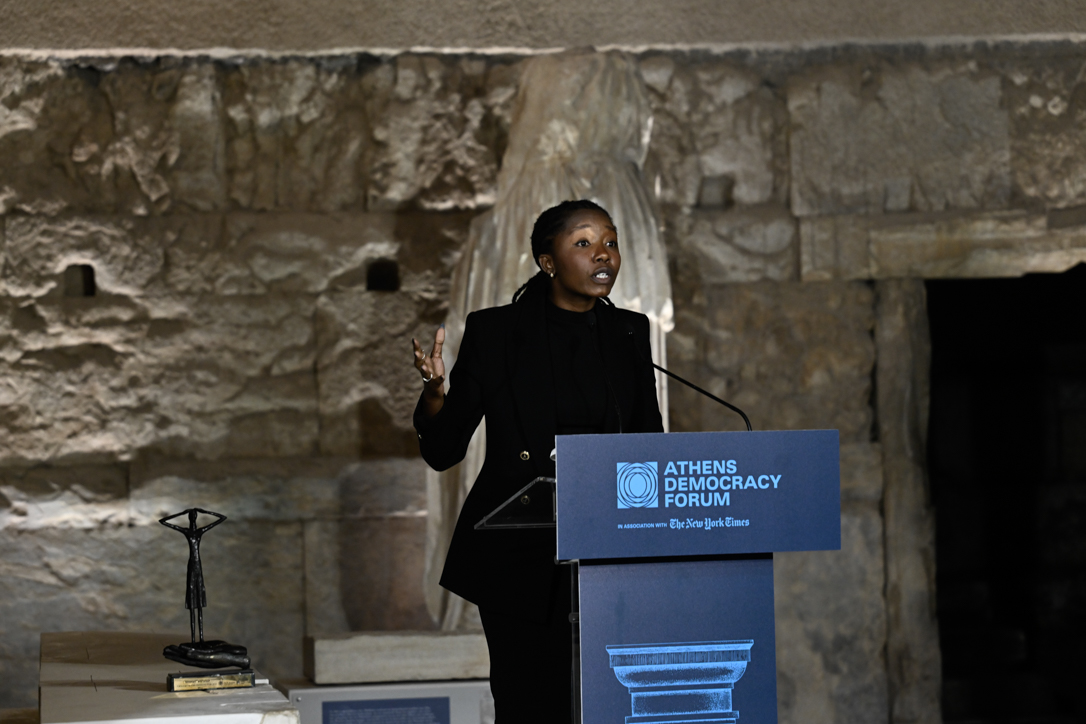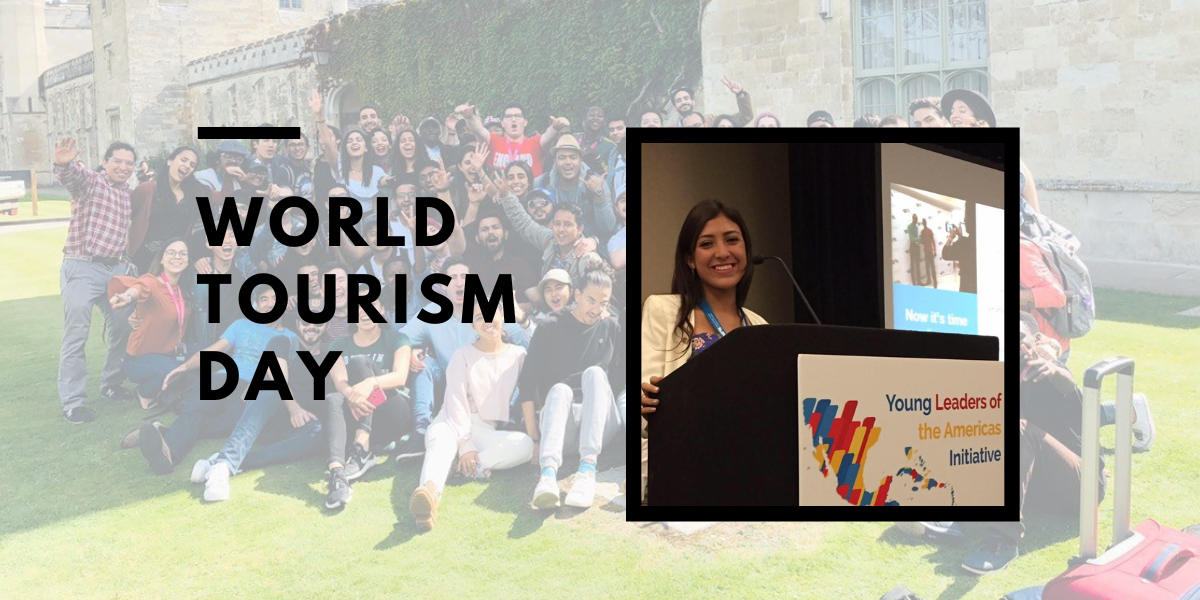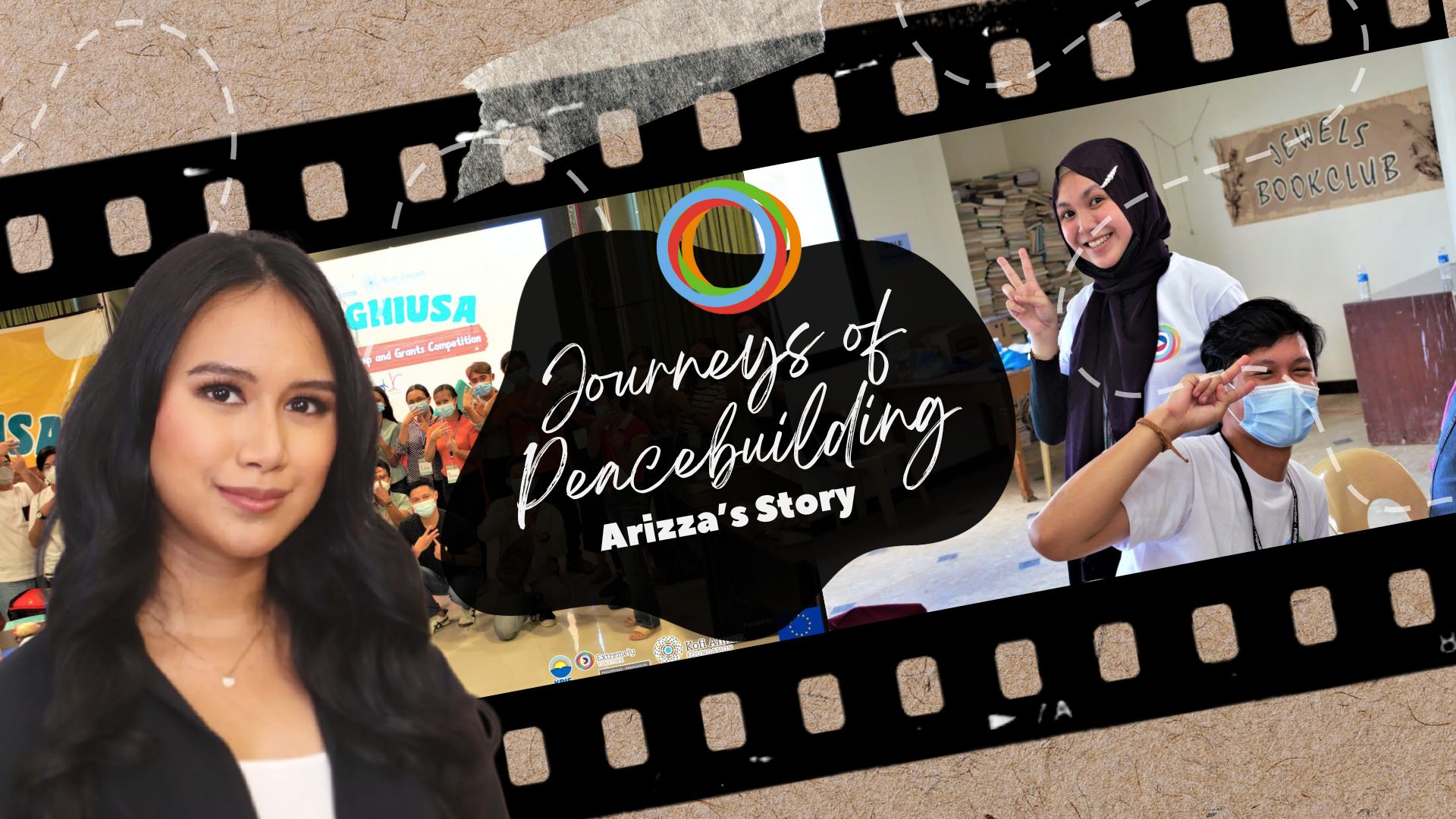Why Youth Leadership Matters in Preventing Violent Extremism
Seven years ago I embarked on a journey to understand how people become extremists and how some get de-radicalized. Throughout my work I’ve met leading experts in countering violent extremism from across the world. A staggering percentage of those at the forefront of countering extremism are like me, in their twenties. At Listen! A Youth Perspective on Preventing Violent Extremism, I will join other such young people and GCERF on the side lines of the UN General Assembly in sharing stories and lessons from our work countering violent extremism.
However, despite this overwhelming evidence of the crucial role of youth in this struggle, our participation in policy discussions and in the design of programmes aimed at fighting violent extremism remains marginal. Our efforts lack the support of donors because we often don’t tick all the boxes of donor requirements: our CVs may not be long enough, and we may be operating in informal ways that rely on networks and on the building of social connections rather than on established organizations – even though.this more informal approach based on dialogue, relationships of trust and proximity has proved successful.
What triggered my journey into understanding violent extremism seven years ago was Anders Breivik’s attempt to kill me. I was at a summer camp on an island outside of Oslo. The bullet missed my head by centimetres. But Breivik massacred 69 of my friends on that day as we were trapped on the island. Breivik was not your stereotypical terrorist. He grew up in Oslo, under circumstances not so different from mine. But unlike me and my 69 late friends, he did not see diversity as social enrichment but as a threat. He embraced far-right ideology because he felt threatened by those who had a different political viewpoint, religion or way of life.
Through this experience and my work in the years to follow, I learned that violent extremism is the violent denial of diversity. I strongly believe that if we are to prevent such violence from happening again, we need to encourage conversations between people and groups who don’t share the same worldviews. We need to develop critical thinking and embrace complexity as realities cannot be explained by simplistic, black-and-white narratives that “they” will end “our” way of life.
In this endeavour, we – young people operating in less formal networks – are best placed to have such conversations with other young people, to show to them that they are being listened to when they have grievances and that they are being valued as worthy human beings. As contemporaries of those who are at the greatest risk of being radicalised, young people can offer acceptance and credibility where older people cannot.
Social engagement, political activism and the mobilisation of others are all very powerful ways to bring about the changes that are needed to address these grievances. Showing how much we can achieve when we are ‘extremely together’ against violent extremism is what I do with nine other young activists through the Kofi Annan Foundation’s Extremely Together initiative. This is one example of a youth-led effort against violent extremism which has gained prominence on the international level, but we need many more.
As the founder of Extremely Together, and former Secretary-General of the United Nations, Kofi Annan always reminded us that “You are never too young to lead, and you are never too old to learn.”
The stories of my peers clearly demonstrate how instrumental youth are in detecting signs of radicalization among their friends and in taking them out of their radical path.
I am eager to engage with them and at this high level forum, and I remain convinced that once we, as young people, are taken seriously in policy development, and are considered to be key players, this will be game-changing in the fight against violent extremism and for sustainable peace.
Bjørn Ihler, Extremely Together Young Leader




